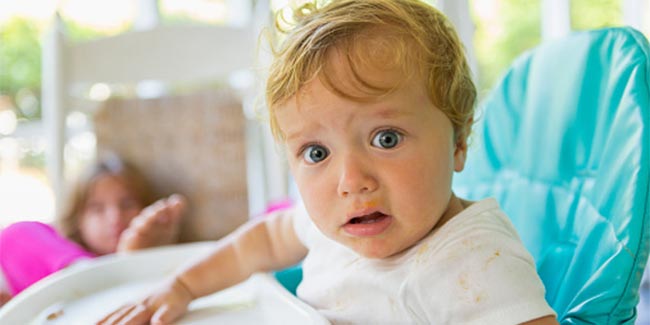
Toddlers are vulnerable to eye problems. While certain conditions are naturally occurring and the infant outgrows them, many may require intervention.

Conjunctivitis
Perhaps the most common eye problem is eye flu or infection due to bacteria. If you notice pinkness in your child’s eyes consult the ophthalmologist immediately. Although fairly common, conjunctivitis can become dangerous if left untreated.
Table of Content:-
Lazy eye
Amblyopia or Lazy Eye occurs when the infant uses only one eye. The other may lose vision as a result of disuse. This can be cured through the use of a patch over the healthy eye. Sometimes medication may be administered.
Crossed eyes
Strabismus or crossed eyes is a condition when the eyes appear misaligned. Both eyes may turn towards each other or in different directions. Surgery may be needed to correct the alignment. However, parents should be aware of Pseudostrabismus where the eyes only appear to be crossed because of the size of the nose bridge and facial tissues. Only an ophthalmologist is qualified to tell the difference.
Cataract
Often congenital, cataracts in infants are considered a metabolic disease. The clouding of the lens can be corrected through surgery followed by use of glasses.
Drooping eyelid
Ptosis or drooping of the eyelid is another common condition. The lack of control over eye muscles leads to this problem. Mild ptosis does not interfere with vision and remains a purely cosmetic issue. However, if much control over the upper lid is lost surgery becomes inevitable.
Blocked tearducts
Since toddlers tend to cry a lot their tear ducts may get blocked with dried tears. If the child’s eyes are not wiped often they may become ripe sites of infections and other problems. Be cautious, to wipe gently though as dried crusts of tears may cause abrasions and bleeding.
Prematurity
In premature babies, the eye does not develop fully. The undeveloped part may be supplanted with fibrous tissues and blood vessels. The result is imperfect vision. All premature infants should be checked for eye problems. Retinopathy involves laser treatment and usually vision is restored.
Swollen eyelids
Blepharitis or swollen eyelids occur due to blocked oil glands. The child may suffer from crusts forming over the eyelashes, swelling and foreign body sensation inside the eye. Normally, the ophthalmologist cleans the eye and recommends massage of the exterior parts to maintain healthy blood flow. If an infection has taken root, the doctor may prescribe antibiotics.
Scratches
Minor abrasions can result in a great deal of pain in the eye. Corneal scratches are treated with ointments and antibiotics. The ophthalmologist may advice wearing of an eye patch to aid the healing process. It is advisable to clip and file the nails of the infant regularly to prevent such mishaps.
Image source : Getty
Read more articles on Understand Eye Disorders
For more such stories, Download Onlymyhealth app
Read Next
Easy eye care remedies to fight smog
How we keep this article up to date:
We work with experts and keep a close eye on the latest in health and wellness. Whenever there is a new research or helpful information, we update our articles with accurate and useful advice.
Current Version